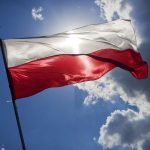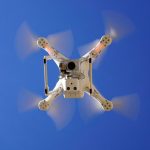
Drones are already commonly associated with fields such as photography or the film industry. With their help, visual materials are created which, under the Copyright and Related Rights Act (hereinafter the ‘Act’), can be regarded as a work. According to the definition proposed by the Act, the subject matter of copyright is any manifestation of creative activity of an individual character, established in any form, regardless of value, purpose and manner of expression. Consequently, copyright protection may be sought in respect of both amateur photographs or films, as well as those created in a more professional environment – for example on a film set.
There is no doubt that every work has an author, even if this author remains anonymous or his/her identity has become impossible to determine over time. Therefore, since there is no work without a creator, the question arises: who is the creator of a work created with the help of an unmanned aerial vehicle? Its operator or its owner? Or does copyright vest in the drone itself – since the machine can take photographs of the terrain in a completely automatic manner?
The doctrine is unanimous – an author within the meaning of copyright law can only be a natural person, and therefore only a person who actually created or participated in the creation of the material in question himself. In the case of drones, this will most often be the person who controls the unmanned aerial vehicle and controls the camera – after all, it is the person who decides on the framing, composition, filming angle and other creative aspects. Even an automatically operating drone captures images using man-made software, based on pre-configured settings.
It is clear that disputes will arise on the basis of the above in the future – although it is currently almost unanimously agreed that the only entity considered to be a creator is a human, the dynamic development of the AI industry will in all likelihood force courts and legislators to regulate in detail the issue of the use of artificial intelligence in the creative process.
If you are interested in copyright issues, please see the guide: https://poradnik.ngo.pl/prawo-autorskie-podstawowe-pojecia






